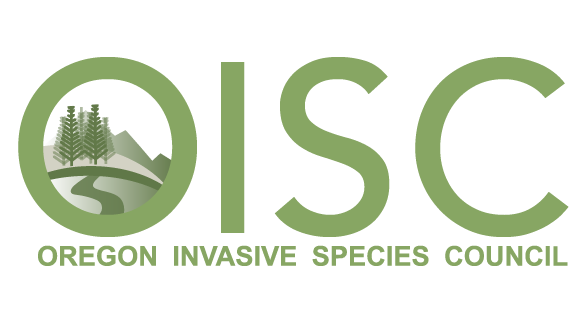The Oregon Forest Pest Detectors Program
/What is the Oregon Forest Pest Detectors Program?
The Oregon Forest Pest Detector program (OFPD) is a professional training offered by OSU Extension in collaboration with Oregon Department of Forestry, the US Forest Service, USDA APHIS, and the Oregon Invasive Species Council. After completing the training, participants are able to identify potential invasive forest pest infestations that they may encounter in their daily work responsibilities, and they know where to file a report for the most rapid response. The program focuses on two high-priority insects, the emerald ash borer (EAB) and the Asian longhorned beetle (ALB). We have also provided continuing education workshops on the Asian gypsy moth (AGM), and are developing future workshops on the goldspotted oak borer (GSOB) and sudden oak death (SOD) in Southwestern Oregon.
What's the issue with these pests?
In the less than 3 decades that EAB & ALB have been in the US, they have caused extensive urban and natural forest mortality. For example, EAB has killed over 100 million ash trees in the US since its introduction. States and municipalities with infestations have to eradicate the insects, cut down infested trees, and replant new trees. Not to mention other major costs associated with the loss of environmental services from trees (e.g. clean water and clean air), decreased property values, and trade restrictions on plant products that we sell to domestic and international partners. In Oregon, we have abundant urban and natural forests that are full of EAB and ALB hosts species, including our native Oregon ash. We also have a state economy that relies heavily on trade in plant materials, such as timber and nursery plants. If either of these insects becomes established, we risk taking a big hit to our environment and economy.
So what’s the good news? We have learned from other states that the earlier we detect these insects and the faster we react, the better the chance we have of eradicating them from our forests. The tricky part is that we do not currently have the most efficient traps for EAB and ALB, so we will need to rely heavily on visual survey for early detection.
How can I get involved?
The program is designed for natural resource professionals, such as arborists and landscapers, parks and recreation employees, soil and water conservation district staff, and forestry technicians. We also welcome natural resource volunteers who spend much of their time working in urban and natural forests. If enough of these professionals and volunteers know what signs and symptoms to notice when working around trees in their normal routine and where to file a report, there is a much higher chance that we can detect these insects early and treat them quickly before they become established. Please report any possible invasive species sightings to the Oregon Invasive Species Online Hotline at https://oregoninvasiveshotline.org/. It is easy and fast, and there are excellent identification experts on the receiving side that handle your report. If you need help with filing a report, you can visit the OFPD website and view Module 4 of the online course for instructions on reporting.
If you are a natural resource professional or volunteer and want to take the OFPD training, you can contact Brandy directly to be placed on our mailing list. If you do not work directly with natural resources but would like to learn more, our online course is open access and free, so you can view the learning modules at any time.
Oregon Forest Pest Detectors in Action. Photo credit: Amy Grotta
Brandy Saffell | Forestry & Natural Resources Extension Staff | Oregon State University
505 N Columbia River Highway | St Helens, OR 97051 | Phone: 503-397-3462
Oregon Forest Pest Detector Program || Oregon Master Naturalist Program



